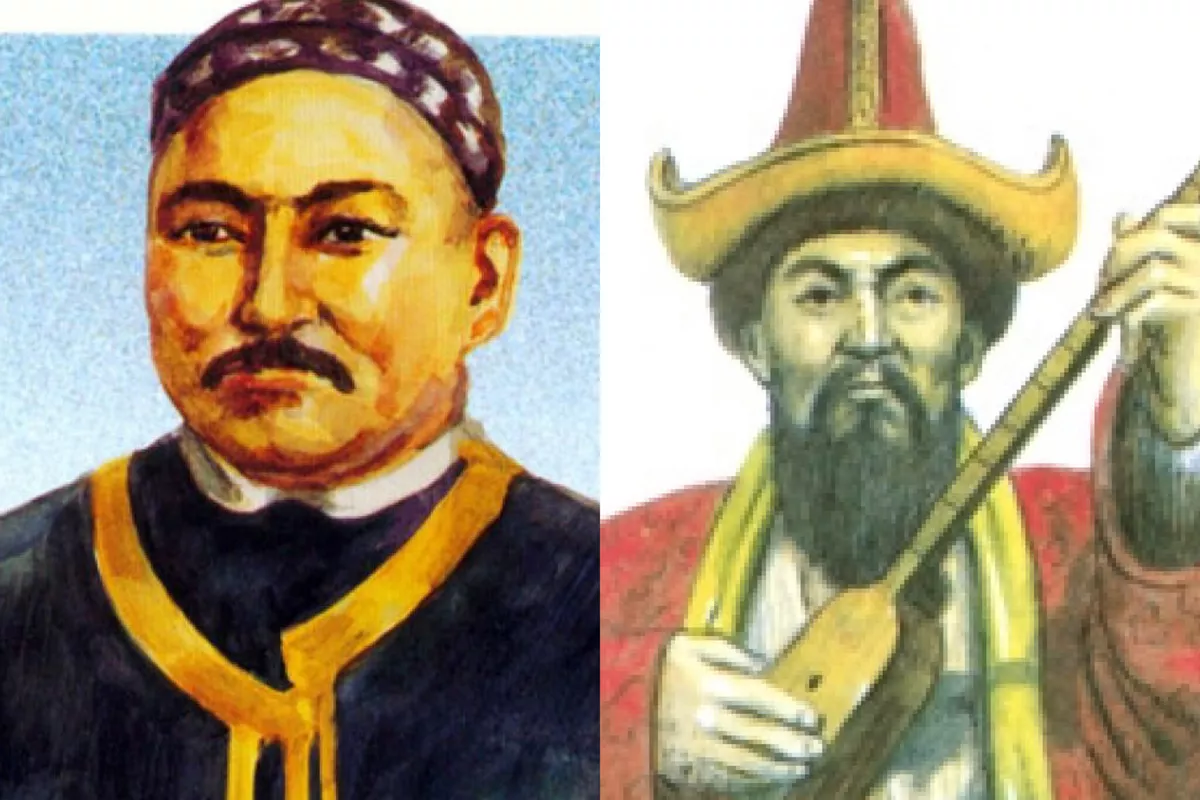
photo: Astana Times
In 2025, Kazakhstan is marking milestone anniversaries for two of its most influential musical figures: Tattimbet Kazangapuly, born 210 years ago, and Dauletkerey Shygaiuly, whose 205th birth anniversary is also being commemorated.
These legendary composers played a foundational role in developing the two major genres of kui-traditional Kazakh instrumental compositions performed on the dombra, the nation’s symbolic string instrument, The Caspian Post reports, citing Kazakh media.
Tattimbet is recognized as a master of shertpe kui, a lyrical and melodic style typically performed in central and southern Kazakhstan. In contrast, Dauletkerey pioneered tokpe kui, a more percussive and rhythmically driven genre associated with the western regions of the country. These two traditions continue to shape the diverse regional landscape of Kazakh music.
Tattimbet: The Voice of the Steppes
Born in 1815 into a family of public figures, poets, and musicians, Tattimbet was immersed in a rich cultural environment from childhood. He quickly gained recognition as a kuishi (kui performer), admired not only for his musical talent but also for his intelligence, charisma, and refined presence.
Over his lifetime, Tattimbet composed more than 40 kuis, each showcasing expressive subtlety and philosophical depth. His most acclaimed piece, "Kokeykesti" (The Deep Concern), composed in his later years, is considered a spiritual and artistic reflection of the Kazakh people’s inner world.

In 1855, Tattimbet traveled to St. Petersburg to represent Kazakh musical tradition at the coronation of Tsar Alexander II, where his dombra performance earned him a silver medal. His works are deeply inspired by the poetic beauty of the Saryarka steppes, where he was born and raised.
Dauletkerey: Master of Musical Innovation
Dauletkerey Shygaiuly, born in 1820 in western Kazakhstan, came from noble lineage-his father was a sultan of the Bukey Horde. Educated in classical Islamic traditions and fluent in Arabic and Farsi, Dauletkerey brought literary and cultural sophistication into his compositions.
His kuis are often praised for their originality and innovation. Musicologists have compared his creative contributions to those of Abai Kunanbaiuly, noting how Dauletkerey’s work integrated influences from European classical forms and Turkmen music. His legacy includes around 40 kuis, many of which remain cornerstones of the national repertoire.

One of his most famous works, "Kerogly", was inspired by the Turkic legend of Koroglu-a hero whose story echoes across Central Asia and the Middle East. The composition reflects Dauletkerey’s deep emotional connection to the epic tradition and his ability to translate storytelling into musical form.
Often contrasted with his contemporary, the defiant and outwardly expressive Kurmangazy Sagyrbaiuly, Dauletkerey is seen as the introspective aristocrat of Kazakh music-two distinct voices from the same rich tokpe kui tradition of western Kazakhstan.
Share on social media